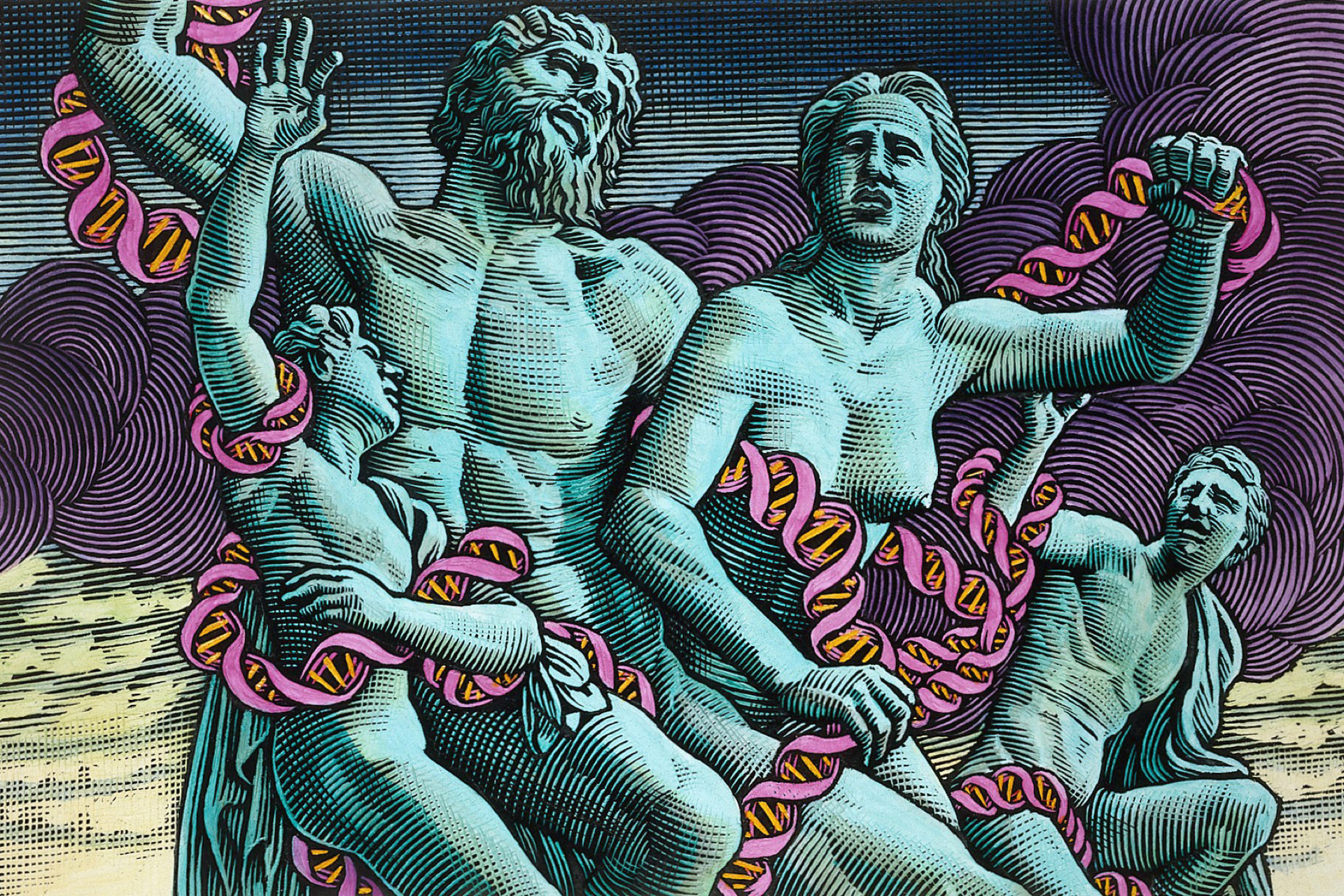Radiolab, Friday 23 September 2016
Presented by Molly Webster and Robert Krulwich
In this podcast, Radiolab presenter Molly Webster explores the origins of the 14-day rule, which is the internationally agreed two-week time constraint on growing embryos in a lab.
At the start of the podcast, Webster admits to her co-presenter Robert Krulwich that she had not realised that it was even possible to grow embryos in a lab, and I found her naive perspective a useful one from which to explore the history of the 14-day rule.
We are taken back to the 1970s, when there had been a number of advances in reproductive science – there was the birth of the first IVF baby and progress in genetic engineering. These advances raised contentious questions about the human embryo and when life begins. In the US, there had also been the Supreme Court ruling in Roe v Wade, which determined that a fetus is not a person. This historical rundown will be very familiar for anyone listening with a bioethics background, but it highlighted how these issues have been around for decades and perhaps will never be settled.
We then get to 1973, and are introduced to ethics graduate Leroy Walters, whom Webster introduces as the 'father of the 14-day rule'. I found it interesting to learn that the origin of the rule was rather arbitrary. Walters had been asked in an ethics advisory meeting where he would draw the line for research on human embryos. He suggested 14 days for three reasons: first, prior to this point, around 50 percent of embryos are lost from the wall of the uterus; embryos at this stage can still split into two embryos and so they can be said to lack a 'biological identity'; and the so-called primitive streak – the first structure in the embryo – was thought to appear at this stage. (Although at that time no one had actually seen a human embryo developing past seven days, as Webster points out.)
The committee decided that Walters' 14-day suggestion was appropriate, and submitted it to the Secretary of Health, Education and Welfare. And so the 14-day rule was born.
The rule has stood the test of time over the last four decades, but that was perhaps because, in practice, it never imposed much restriction on researchers – they hadn't succeeded in growing embryos for this long. This is no longer the case. Webster describes, with excitement, her visit to the embryology lab of Professor Ali Brivanlou at Rockefeller University. Here they grow embryos right up until the 14-day mark. Webster describes the 13-day embryo as looking like the light shining through a pinhole in a sheet of paper rather than the 'tiny little human' of Krulwich's imagination.
Webster is shown images of the embryo developing day by day. While her descriptions of the images are interesting, I thought the podcast could have done more to help us fully appreciate them. The Radiolab web page does have an image of an embryo at day 12, where one can see placental cells emerging, but I would have liked to have seen the progression from days one to 13 for myself. One of the main learning points from this research is that the embryos are able to grow normally without any maternal input up until day 14 (an 'anti-Mother's Day message', Webster jests).
She describes the peculiarity of the researchers' situation – on coming into the lab each morning, they are hopeful that their embryos have managed to survive another day in vitro. Yet, as Webster suggests, eventually this hope would turn into caution. There would be a stage when they may begin to feel uncomfortable to keep growing an embryo in a lab.
Overall, the podcast was an informative introduction to the issues surrounding the 14-day rule and the moral status of the human embryo, and Webster manages to make these complex issues accessible to a lay audience. Right at the end of the podcast, the question of whether the 14-day rule should be altered is finally introduced. This was a shame because I would have welcomed an exploration into whether the original reasons for drawing a 14-day cut off point are still pertinent today. This would have made for a more satisfying ending to what was otherwise an interesting and enjoyable podcast.






Leave a Reply
You must be logged in to post a comment.